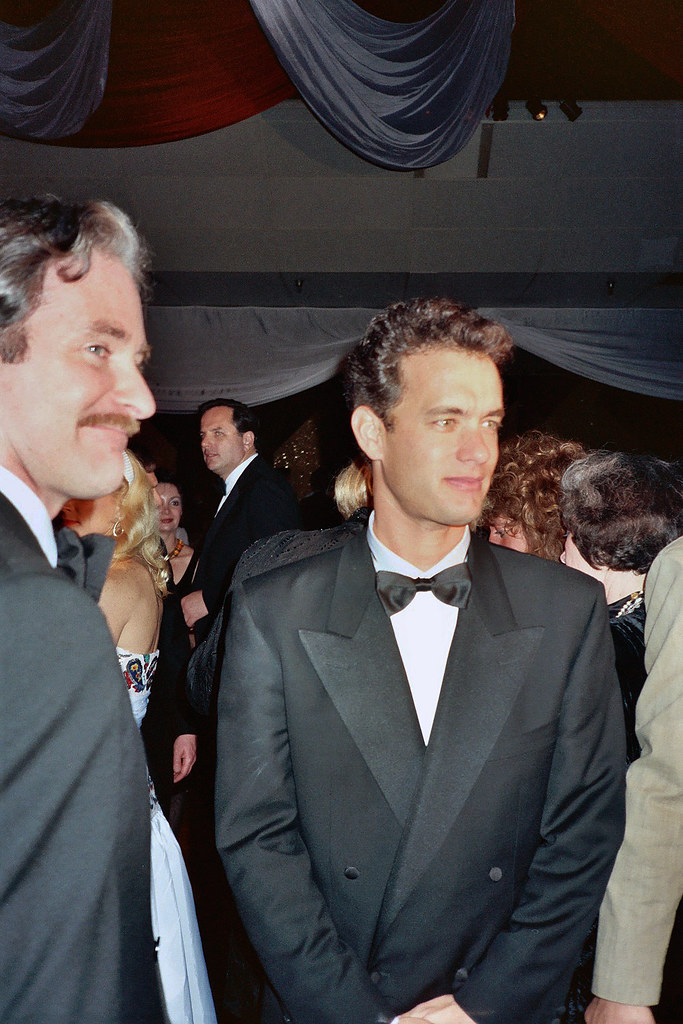Hollywood’s Golden Age, a magical era spanning roughly from the late 1920s to the early 1960s, gifted us some of the most dazzling, talented, and utterly unforgettable stars the world has ever seen. Think about the enduring glamour of Grace Kelly, the fierce charisma of Elizabeth Taylor, or the timeless elegance of Audrey Hepburn! These names still shine brightly, symbols of a bygone era that continues to captivate us with its sophistication and style. We see their influence everywhere, from fashion trends to pop culture references, keeping their legacies alive and kicking.
But here’s the thing about Tinseltown’s golden glow: not everyone got to bask in it forever. For every mega-star whose name is etched into history books and movie marquees, there’s a whole host of incredible actresses who, despite their immense talent and significant contributions, somehow slipped through the cracks. Call it the fickle finger of fame, the relentless march of time, or perhaps just a collective lapse in public memory, but many of these brilliant women have been, dare we say, forgotten. And trust us, they deserve so much better than that!
So, buckle up, film buffs and pop culture enthusiasts, because we’re about to take a journey back in time! We’re diving deep into the fascinating lives and careers of some of Hollywood’s truly stellar leading ladies who, for various reasons, didn’t maintain their spotlight. From silent film sirens who defined an era to dramatic powerhouses whose personal lives overshadowed their professional triumphs, these are the actresses you probably haven’t thought about in a while – but absolutely should. Get ready to reminisce, discover, and maybe even shed a tear or two for the stars lost to time.
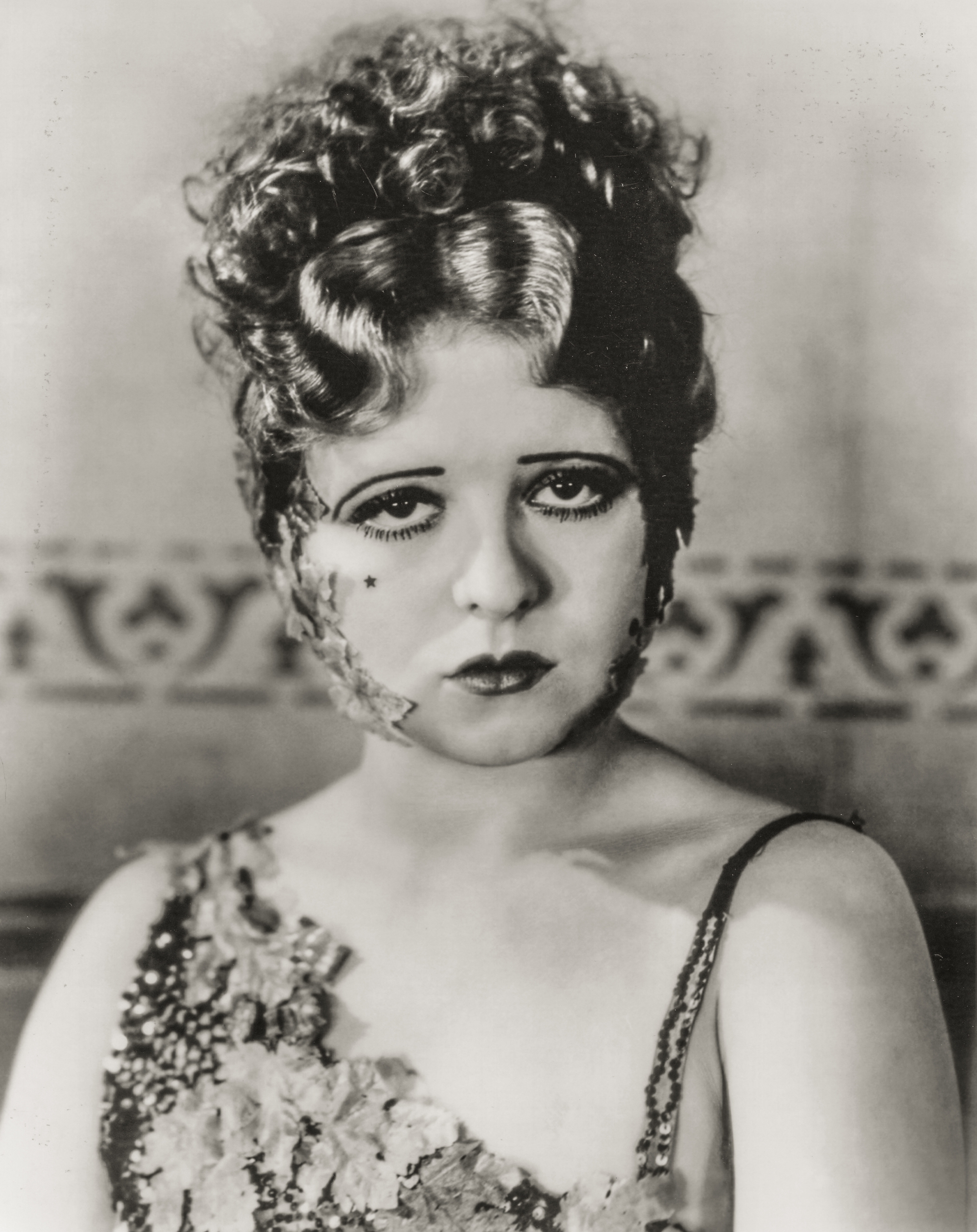
1. **Clara Bow**
Clara Bow was, without a doubt, the undisputed “It Girl” of the Roaring Twenties. She wasn’t just a star; she was a phenomenon, embodying the flapper era with her vivacious spirit and undeniable screen presence. Her roles perfectly captured the essence of the modern young woman, fearlessly challenging traditional sexual mores and cultural norms, which was incredibly groundbreaking for the time. She was celebrated for her cleverness and her incredible sex appeal, making her a true icon of the silent film era.
However, Bow’s off-screen life was far from the glittering fantasy her public persona suggested. She was constantly plagued by erratic behavior and a series of public scandals that followed her relentlessly. While her retirement from films famously coincided with the advent of “talkies,” it wasn’t actually the reason she stepped away from the spotlight. It was a combination of betrayals and intense studio pressure that ultimately drove her out of the demanding business she had once dominated.
By 1933, seeking a retreat from the incessant glare of Hollywood, Clara Bow married and relocated to a ranch in Nevada, effectively leaving her acting career behind. Her struggles with mental health crises were a lifelong battle, and these challenges contributed to her living a quiet, often secluded existence. After her dazzling time in the sun, she made very few public appearances, choosing a private life away from the industry that had both adored and tormented her.
Read more about: Beyond the Asphalt: Unveiling 10 Legendary American Cars Too Valuable for the Open Road

2. **Norma Shearer**
Norma Shearer was an absolute titan at MGM, often dubbed the “queen of the MGM Lot.” Her power wasn’t just due to her exceptional talent, though she had that in spades; it was significantly bolstered by her marriage to Irving Thalberg, Metro’s influential head of production. This unique position allowed her a level of influence that most actresses could only dream of, giving her a say in her roles and career trajectory.
But don’t let the marriage overshadow her individual brilliance – Shearer was a star in every sense of the word, and her movies were consistent box office hits. She wasn’t afraid to take on challenging roles that pushed the boundaries of femininity on screen. She could effortlessly portray a character that was virtuous and noble in one film, and then switch to a liberated and complex woman, even a bit “messy,” in another. Her versatility was truly remarkable, showcasing a range that kept audiences captivated.
Tragedy struck in 1936 with the unexpected passing of her husband, Irving Thalberg. This left Shearer in a vulnerable position, forcing her to advocate for herself in an industry that could be unforgiving. She handled this challenge with admirable strength and determination, continuing her career until her eventual retirement in 1942. While her fame naturally dipped after she disappeared from public life, especially before the widespread reach of television, her legacy is well-preserved through the timeless quality and frequent rebroadcasts of her incredible filmography.
Read more about: Greta Garbo: Unveiling the Enigma – The Luminous Life and Profound Legacy of Hollywood’s Most Mysterious Star
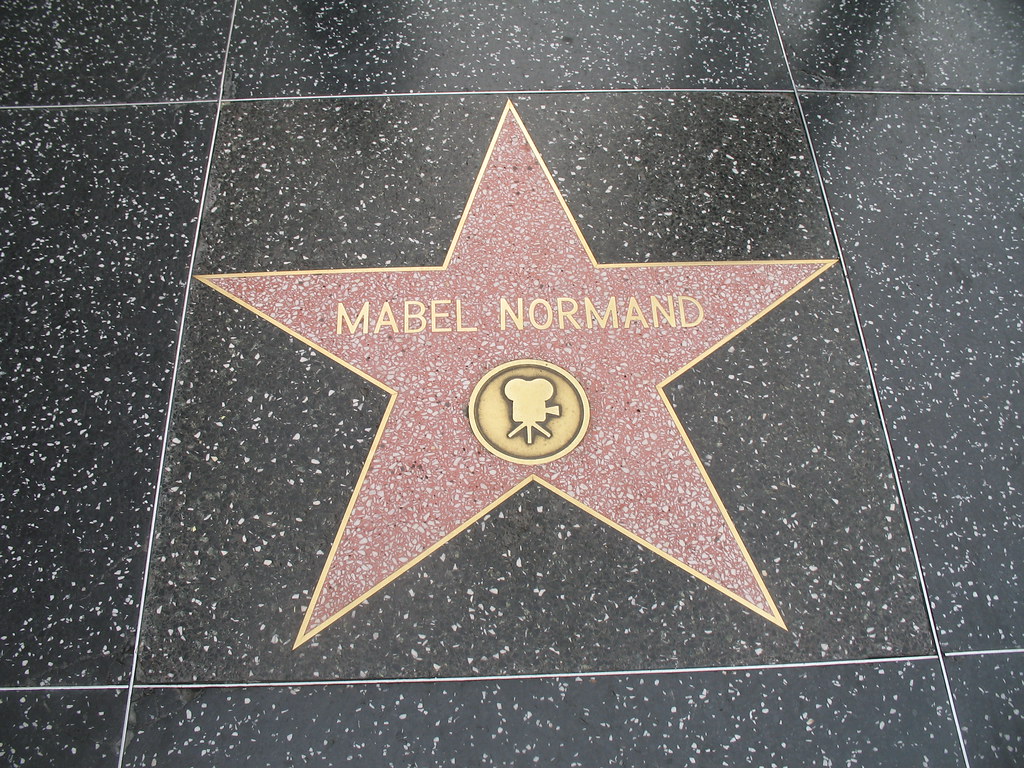
3. **Mabel Normand**
Mabel Normand was a true pioneer in early Hollywood, breaking barriers not just as a comedy star, but also as a talented writer and director. She blazed a trail for women in an industry that was still very much male-dominated, proving her immense creative capabilities both in front of and behind the camera. Her work laid groundwork for future generations of female filmmakers and performers, making her an unsung hero of cinematic history.
However, despite her professional achievements, Mabel Normand is perhaps most vividly remembered today for her legendary exploits as a “reckless party girl” and her unfortunate proximity to some of Hollywood’s most shocking and scandalous episodes. The whiff of scandal seemed to follow her wherever she went, creating a public image that often overshadowed her significant contributions to film. It’s a sad testament to how much public perception can derail a career, even for a trailblazer.
She was a frequent co-star of the famous comedian Fatty Arbuckle, whose infamous legal troubles rocked the industry in the early 1920s, adding to the cloud of controversy. Further tarnishing her reputation were tragic events like the murder of her friend, director William Desmond Taylor, and a later shooting committed by her chauffeur. These sensational incidents, combined with increasing censorship crackdowns on perceived immoral behavior both on and off-screen, led to her films gradually falling out of circulation. Her last movie was released in 1926, and she tragically died of tuberculosis just four years later, leaving a legacy marred by both brilliance and sensationalism.
Read more about: Beyond the Headlines: 13 Celebrity Deaths That Still Puzzle Experts and Fans Alike

4. **Frances Farmer**
Frances Farmer’s story is one of immense talent tragically derailed by personal struggles and an unforgiving industry. Discovered by Paramount at the tender age of 22, she quickly showed immense promise. However, she eventually grew tired of the confines of being a studio star and yearned for the artistic freedom of the theater, prompting a temporary return to the stage. This independent spirit, while admirable, often put her at odds with Hollywood’s rigid system.
When she did return to Hollywood, her battles with addiction and mental illness unfortunately followed her, becoming increasingly public and making national headlines. These deeply personal struggles forever painted her as a tragic fallen star, overshadowing her undeniable acting prowess. The tabloids feasted on her breakdowns, and her privacy was constantly invaded, turning her personal suffering into public spectacle.
These ongoing scandals, coupled with a highly publicized conservatorship under her domineering mother, and the various indignities she suffered after her very public breakdowns, effectively brought her promising career to a grinding halt. Decades later, a 1982 biopic starring Jessica Lange brought her story back into the public consciousness, illuminating the profound tragedy of her life. It’s worth noting, however, that while the movie asserted Farmer underwent a lobotomy, people who knew her later denied this claim, adding another layer of complexity to her often-misunderstood narrative.
Read more about: Dreaming of the Gem State? Discover the Top 10 Idaho Cities You’ll Love to Call Home!
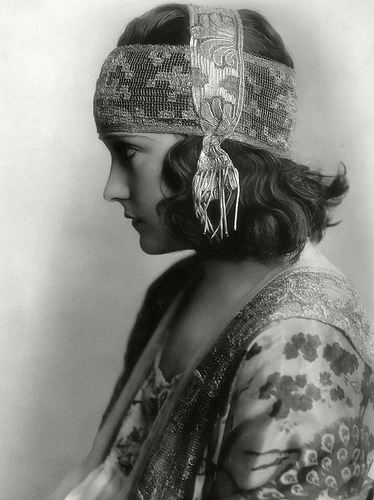
5. **Gloria Swanson**
In a fascinating twist of fate, Billy Wilder’s moody and suspenseful film “Sunset Boulevard” allowed Gloria Swanson to play a highly fictionalized, yet eerily resonant, version of her own life story. Much like the film’s iconic character Norma Desmond, a reclusive relic of the silent movie era, Swanson herself had once sat firmly at the very top of the Hollywood food chain. Her star power was immense, captivating audiences during a pivotal time in cinema history.
However, as the film industry evolved and the silent era gave way to “talkies,” Swanson, like many of her contemporaries, struggled to successfully make the transition. The sound era introduced new demands and a different kind of performance, and she found it difficult to adapt. This ultimately led to her leaving Hollywood in the late 1930s, her dazzling star having significantly faded from its former brilliance.
While she never completely abandoned the spotlight, making a few sporadic appearances on stage and on the radio, her peak fame had undeniably passed by the time she made her triumphant return to Hollywood for “Sunset Boulevard.” Though the film was a critical success and garnered her an Academy Award nomination, this revival didn’t last for long. She made only a handful of major films afterward, cementing her status as one of Hollywood’s great fallen goddesses – an icon whose legendary status endures, even if her later career did not match her earlier heights.
Read more about: Get Ready to Scream (or Cry!): The 10 Classic Movie Moments That Still Give Us Major Chills
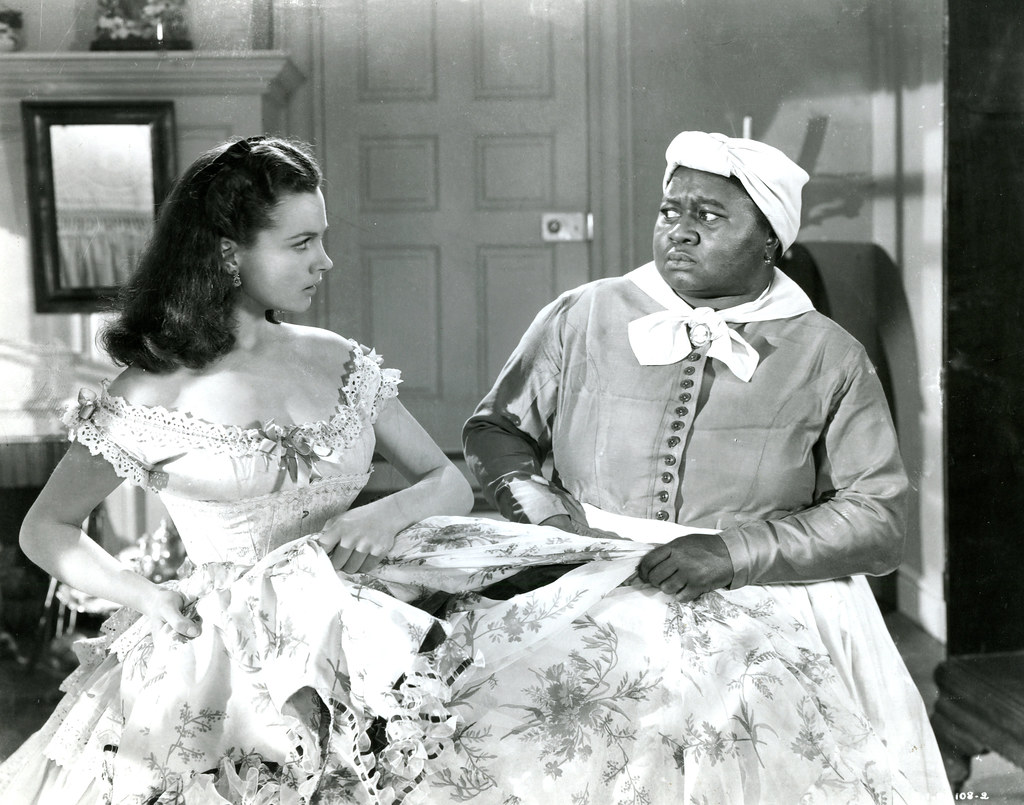
6. **Hattie McDaniel**
Stepping onto the grand stage of cinematic history, Hattie McDaniel truly shattered a monumental barrier in 1939. She became the first Black woman ever to win an Academy Award, an achievement that etched her name into the very foundations of Hollywood legend. This incredible feat was for her iconic, and unforgettable, portrayal of Mammy in the sweeping epic “Gone with the Wind,” a performance that resonated deeply with audiences and critics alike.
However, the path to that golden statuette was far from easy, and her triumph, while historic, came with a heavy weight. Despite her immense talent and the powerful presence she brought to every scene, Hollywood’s deeply ingrained racial prejudices meant that McDaniel was repeatedly typecast. She found herself, time and again, relegated to playing maid roles, a frustrating limitation that severely constrained her creative potential and artistic freedom.
It’s a stark reminder of the challenges faced by Black performers during the Golden Age. While her success was groundbreaking, it simultaneously highlighted the narrow scope of opportunities available to actors of color. Her legacy is a complex tapestry woven with threads of triumph and tribulation, forcing us to confront the uncomfortable truths about an industry that both celebrated and confined its brightest stars. She was an absolute trailblazer, no doubt about it.
Though her name might not roll off the tongue as readily as some of her contemporaries today, Hattie McDaniel’s impact on film and her courageous fight against systemic barriers remain profoundly significant. Her artistry paved the way for future generations, making her a vital figure in understanding the evolution of Hollywood and the ongoing struggle for diverse representation. She’s more than just an Oscar winner; she’s a symbol of resilience.
Read more about: Hollywood’s Unsung Heroines: 15 Women Who Shattered Ceilings and Rewrote the Rules of the Entertainment Industry

7. **Anna May Wong**
Anna May Wong was an absolute trailblazer, a groundbreaking Chinese-American actress who, despite her dazzling talent and undeniable screen presence, faced an uphill battle against the brutal forces of racial discrimination in early Hollywood. Her journey was one of constant struggle, a testament to her enduring spirit in an industry that simply wasn’t ready for her boundless talent. She truly carved out a path where none existed before.
She shone brightly in films like the classic “Shanghai Express” (1932), proving her versatility and captivating audiences with her sophisticated performances. But alas, the industry had a cruel way of limiting its non-white stars. Wong was continually typecast, forced into stereotypical “Dragon Lady” or subservient roles, which prevented her from ever truly becoming the leading lady she was destined to be. It’s a tragic missed opportunity for cinema history.
Imagine the frustration of being incredibly gifted, yet constantly boxed in by narrow-minded perceptions. This persistent prejudice meant that often, white actresses would be cast in “yellowface” for roles that should have rightfully gone to Wong, further denying her the opportunities to showcase her full range. Her exclusion from playing the lead in “The Good Earth” in 1937, a film about Chinese peasants, was a particularly stinging blow.
Yet, Anna May Wong never gave up. She courageously used her platform to speak out against the discrimination she faced, advocating for better representation and more nuanced roles for Asian actors. She even ventured to Europe and China to find work where her talents were more appreciated, demonstrating a fierce independence and a commitment to her craft that transcended Hollywood’s limitations. Her story is a powerful lesson in perseverance.
Today, her legacy is finally receiving the recognition it deserves. Wong is celebrated not only for her significant contributions to film but also as an icon of resistance against racial barriers, a pioneer who challenged the status quo with grace and determination. She truly was ahead of her time, and we’re only now fully appreciating the magnitude of her impact on Hollywood and beyond. What an absolute legend!
Read more about: Gone But Not Forgotten: 14 Beloved Cars That Vanished Unexpectedly from Production

8. **Kay Francis**
Once upon a time in Hollywood’s glittering Golden Age, there was Kay Francis, a star who shone so brightly she commanded the highest salary in the entire industry! Yes, you read that right – at her peak, she was the highest-paid actress in Hollywood, a testament to her immense popularity and undeniable star power. Known for her sophisticated roles in sleek, pre-Code dramas like “Trouble in Paradise” (1932), she epitomized elegance and a certain worldly allure that captivated audiences.
Francis had a distinctive voice, often characterized by a slight lisp, which some initially viewed as a hindrance in the age of talkies. However, she transformed it into a unique part of her screen persona, adding to her charm and making her performances even more memorable. Her characters were often strong, independent women who navigated complex moral landscapes, making her a relatable yet aspirational figure for moviegoers. She was simply a force to be reckoned with.
But even the highest-paid stars weren’t immune to the volatile nature of the studio system. Kay Francis eventually found herself in a heated clash with the powerful Warner Bros. studio, a battle that unfortunately spelled disaster for her meteoric career. These disputes, often over script choices, salaries, or working conditions, were a common but often career-ending risk for actors who dared to challenge the moguls.
The aftermath of her studio conflicts saw her career take a dramatic nosedive. The roles diminished in quality, and her star status, once unrivaled, began to wane as quickly as it had ascended. Despite her earlier triumphs, the industry moved on, and Kay Francis, once at the pinnacle, gradually faded into obscurity, a cautionary tale of what could happen when an actress dared to stand up to the established system.
It’s a bittersweet reminder that even immense popularity and talent weren’t always enough to guarantee longevity in Hollywood, especially when combined with a fiercely independent spirit. While her name might not be as universally recognized today, her story serves as a fascinating look into the power dynamics of the studio era and the price some stars paid for artistic integrity. She was a queen, and she certainly left her mark!
Read more about: Who’s Still Bringing the Sunshine? Catching Up with the Enduring Cast of ‘Eight Is Enough’!

9. **Lillian Gish**
Lillian Gish, oh what a legend! She was truly one of silent cinema’s most revered actresses, often hailed as “The First Lady of American Cinema” for her incredible artistry and profound contributions to the nascent art form. From her iconic performances in D.W. Griffith’s masterpieces like “The Birth of a Nation” (1915) and the breathtaking “Way Down East” (1920), Gish embodied a delicate strength and emotional depth that captivated audiences worldwide. She was pure cinematic poetry.
What’s truly remarkable about Gish is her incredible longevity. Unlike many of her silent era contemporaries who struggled with the advent of “talkies,” or simply retired, she continued acting well into her 90s! Her career spanned an astonishing 75 years, a testament to her enduring talent and unwavering passion for acting. She was a bridge between cinema’s earliest days and its modern era, a living link to a bygone golden age.
Despite her unparalleled contributions and astonishing career span, Gish’s legacy, while respected by cinephiles, has unfortunately been somewhat overshadowed by later Hollywood legends. Her delicate, often tragic screen persona and her foundational work in silent film sometimes get lost amidst the flashier, more accessible stars of the sound era. It’s a shame, because her performances were revolutionary and deeply impactful.
She wasn’t just an actress; she was an artist who pioneered many of the acting techniques we now take for granted in film. Her subtle expressions, her command of pantomime, and her ability to convey complex emotions without a single word were truly groundbreaking. She understood the power of the close-up and the nuances of screen acting long before many others, truly defining what it meant to perform for the camera.
So, while you might not hear her name mentioned in everyday conversations as often as some other Golden Age stars, Lillian Gish’s place in film history is absolutely sacrosanct. She was a titan, a visionary, and an enduring symbol of cinematic artistry who deserves every bit of our admiration and remembrance. Let’s make sure her incredible light continues to shine for generations to come, reminding us of the foundational elegance of early Hollywood.
Read more about: Greta Garbo: Unveiling the Enigma – The Luminous Life and Profound Legacy of Hollywood’s Most Mysterious Star
So there you have it, a dazzling deep dive into the lives of these incredible Golden Age actresses who, for a myriad of reasons, haven’t quite stayed in the perpetual spotlight they so richly deserved. From the pioneers who broke barriers to the dramatic talents whose personal lives tragically overshadowed their professional triumphs, each woman’s story is a vivid tapestry woven with immense talent, personal struggles, and the ever-fickle hand of fame. It’s a powerful reminder that Hollywood’s glittering facade often hides complex narratives, and that true legacy isn’t always measured by enduring household recognition, but by the indelible mark left on cinema itself. So next time you’re settling in for a classic film, keep these remarkable women in mind; they truly are stars that deserve to shine brightly once more!


